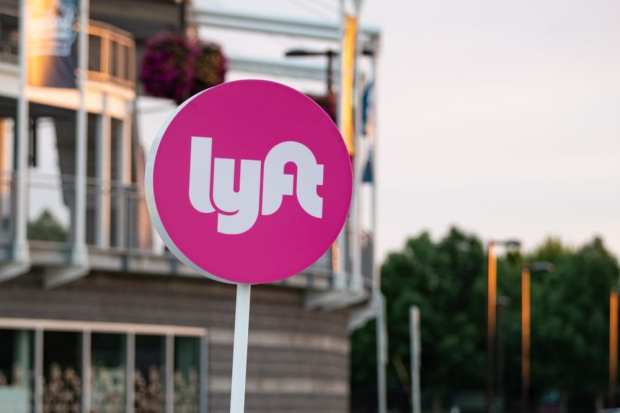Lyft’s Revenue Per Rider Up Amid More ‘Rational’ Ride Hailing Market

For Lyft, riders were up, revenues per rider were up, and the push beyond ride hailing continues.
The transportation company reported results Wednesday (Aug. 7) that topped expectations amid narrowing losses.
In terms of headline numbers, the company said that revenues were up 72 percent to $867.3 million, better than the $809.4 million Wall Street expected.
The adjusted loss per share was better than Wall Street had seen, too, at 68 cents, while the Street had forecast $1 a share in losses.
Drilling down a bit, active riders in the latest period stood at 21.8 million, up from 15.5 million last year and above expectations of 20.9 million active riders. Those riders generated an average $39.77 to the top line, up 22 percent year-on-year, outpacing the $38 per rider that had been expected.
Amid those results, and a guidance raise, CEO Logan Green said on a conference call with analysts that the competitive environment in its core markets continues to improve.
That sentiment comes after remarks from the first quarter of this year that spotlighted pricing pressure between Lyft and peers such as Uber. In terms of numbers underscoring the competitive shifts, sales and marketing expenses were up about 3 percent, and management said on the call that discounts and promotions were being used less often by the company to spur ridership.
CFO Brian Roberts said the company has been looking to win on “brand preference…not coupons.”
Green said during the call that there has been a secular shift away from car ownership, and he told analysts that 35 percent of Lyft drivers, for example, do not own cars.
In reference to the competitive environment, Green said that Lyft has increased pricing in some cities in some markets and did not elaborate. The price adjustments started in June, according to commentary, and Roberts said they reflect an “industry trend” for a market that is becoming more rational.
Management said on the call that the company continues to target business-related trips. The core ride-hailing business will be profitable in the future, and losses less than expected for the current year.
Separately the company has furthered efforts to bring self-driving cars to the fold, and there will be several vehicles on the road (with safety drivers) through the end of the current quarter.